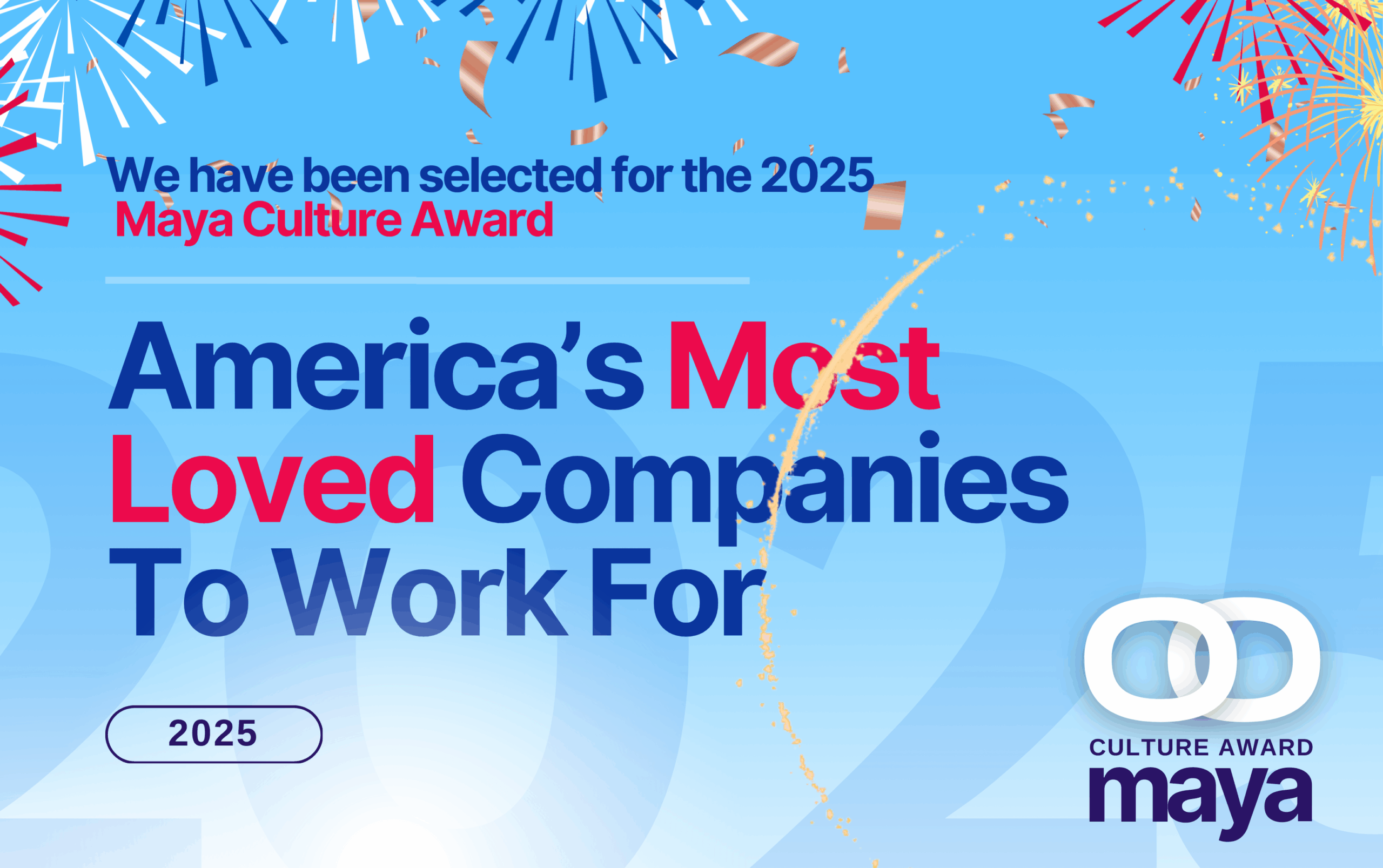What’s the real difference between brands that scale successfully and those that fail? According to Michael Duda, it’s not about having the slickest marketing or the flashiest campaigns; it’s about a near-obsessive focus on the customer experience.
As cofounder of Bullish, a hybrid marketing agency/investment fund that has been the first investor in household names like Peloton and Warby Parker, Michael has gleaned particularly relevant insights into how to win people’s hearts and minds. And as he pointed out on our Best Story Wins podcast, too many companies treat customer experience as a department rather than a company-wide mission. In doing so, they miss out on a huge opportunity to connect with their audience.
Luckily, if your company has fallen into this trap, it’s not too late to turn things around. Just follow Michael’s tips to build a stronger brand around your customer.
1. Put customer experience above everything.
The most successful brands Michael has worked with don’t view customer service as a defensive play; they see it as their ultimate competitive advantage. While legacy brands have distanced themselves from end consumers by focusing primarily on retailer relationships, direct-to-consumer brands have thrived by embracing direct feedback.
As Michael says, early-stage companies may not have the size, scale, or distribution of their competitors, but they win with empathy.
“The founders that we’ve seen have the most success are those that are super passionate about solving a problem or giving a consumer new option,” Michael says. Those founders are hellbent on making sure customers don’t have a negative experience or, if they do, identifying and resolving it quickly by listening to feedback.
This direct customer connection does more than just improve products; it fundamentally shapes how companies show up in the market. When you’re obsessively tuned into customer needs, you’re creating experiences worth talking about, which Michael says can actually reduce your marketing costs in the long run.
Tip: Don’t just create a customer feedback process; establish a system where customer feedback directly influences product development, messaging, and marketing decisions. In essence, treat every customer interaction as an opportunity to learn something that could improve your entire business.
2. Use content to celebrate your customers (not just your brand).
Content marketing isn’t just about what you put out there; it’s also about how you authentically celebrate and interact with your community. Many companies want to keep the focus on their own messaging, but bringing your community into your brand story can do just as much (if not more) to amplify that message.
For example, Bullish’s portfolio company Bubble Beauty is a skincare brand for teens that has found great success through non-branded content. After a 15-year-old girl in Nebraska purchased a Bubble Beauty product at Walmart, the authentic user-generated content she created for YouTube and TikTok drove nearly $900,000 in sales in just five days.
While you don’t want to put all content in your community’s hands, smart companies know how to curate the right mix of brand and community content that both educates and creates stronger connections.
Tip: Create a systematic approach to finding, celebrating, and amplifying customer stories. We’re not talking about resharing the occasional social media mention; we’re talking about building a content strategy around real customer experiences and making them the heroes of your brand narrative. (For more inspiration, see our tips to generate UGC that amplifies your brand story.)
3. Tell stories that focus on customer benefits.
Michael argues that the most effective storytelling doesn’t center on how great your brand is; it focuses on what your customers can accomplish with your help. This principle applies across all marketing channels, not just traditional advertising.
He points to Bandit Running, another Bullish portfolio company, as an example of this approach in action. Their “Unsponsored Project” identified 37 unsponsored track and field athletes trying to qualify for the Olympic team. (Although they were all talented, they faced a difficult road without sponsorship.) Bandit provided them with gear simply to support the athletes and help them achieve their goals.
The storytelling that surrounded that gesture, both in content and word of mouth, highlighted the brand’s commitment to helping their customers win no matter what. Most importantly, this approach created deeper connections than traditional product-focused marketing ever could.
Tip: Before creating any piece of content, ask yourself: “Is this about us, or is this about what our customers can achieve?” Shift your storytelling focus from product features to customer transformation, and you’ll naturally create more engaging, shareable content.
Put Your Customer First, Content Second
The reality is that customer obsession isn’t a trend or marketing tactic; it’s a company-wide mindset. To truly put this approach into practice, you need to reorient your priorities and view content as a medium for connection, not a tool for marketing.
- Cultivate meaningful conversations with customers.
- Align your marketing messaging and actual customer experience.
- Create moments worth talking about.
Remember: No matter what type of content you create, the more authentically you bond with your audience, the more they’ll become genuine advocates who can do your marketing for you.
If you’re looking for more insights into how to build a customer-obsessed marketing approach, check out our full conversation with Michael Duda on the Best Story Wins podcast.




